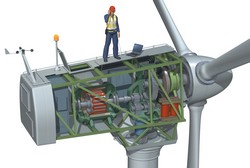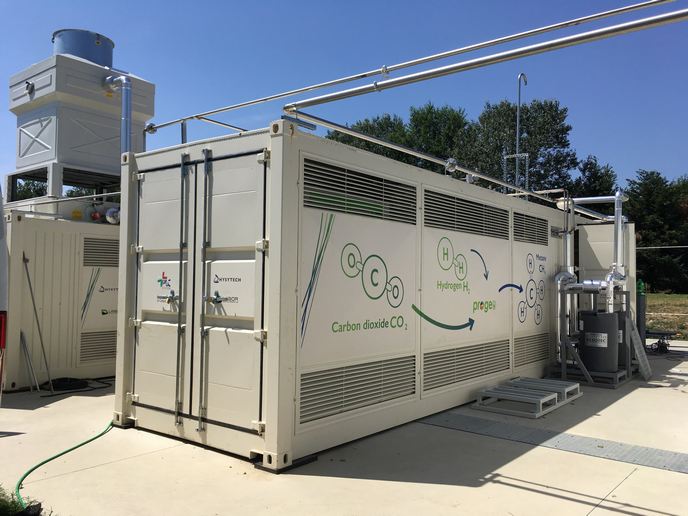New monitoring technology reduces wind energy costs
EU goals to achieve 20 % of total electricity generation from renewable energy sources by 2020 requires between 119 000 and 165 000 new wind turbines. Current turbines are not reaching their design life of 20 years, and operation and maintenance costs during those 20 years are prohibitively high. The MONITUR(opens in new window) (Reduction in maintenance costs of wind turbine renewable electricity generation through online condition monitoring) project improved condition monitoring technology to ensure European wind turbines make the grade. Scientists focused on new time-frequency analyses and algorithms for rotating machines that differ from classical approaches applied to stationary signals. The novel methodology enables more accurate prediction of component life based on experimental measurements rather than on calculations, dramatically reducing maintenance costs. MONITUR technology employs a mounted tri-axial accelerometer at the bearing pedestal of a low-speed shaft of a wind turbine. The accelerometer captures vibration in three directions (vertical, horizontal and axial), and vibration and shaft speed data are continuously processed for diagnosis analysis. To realise the MONITUR concept, researchers used radical new methods. Fatigue analysis of rotating parts relies on measuring wind turbine vibrations and turbine shaft speed and on a sequence of novel signal processing techniques. These algorithms detect resonant frequencies of rotating parts during transient operation. Diagnosis is performed at an early fatigue stage at low false alarms and missed detections. A newly developed method for calculating wind turbine blade stresses caused by the vibrating rotating shaft enables real-time prognosis of future fatigue damage and predictive maintenance. Technology to estimate vibration of rotating units at multiple modes excited by shaft vibrations allows identifying the root causes of fatigue damage. Faulty design, material defects or installation errors may be some possible root causes for high vibration amplitudes. The equipment and services sector related to wind power is largely dominated by big companies. MONITUR advances offer opportunities for small and medium-sized enterprises to make significant progress on well-defined problems with such online monitoring technology for wind turbines.







